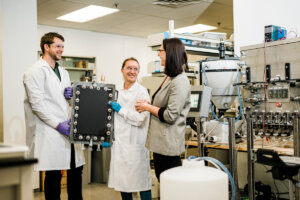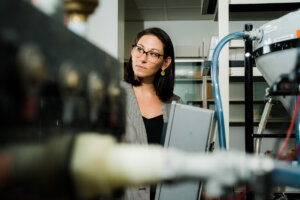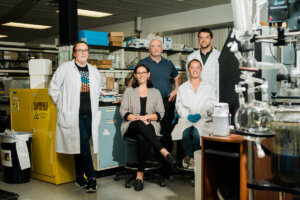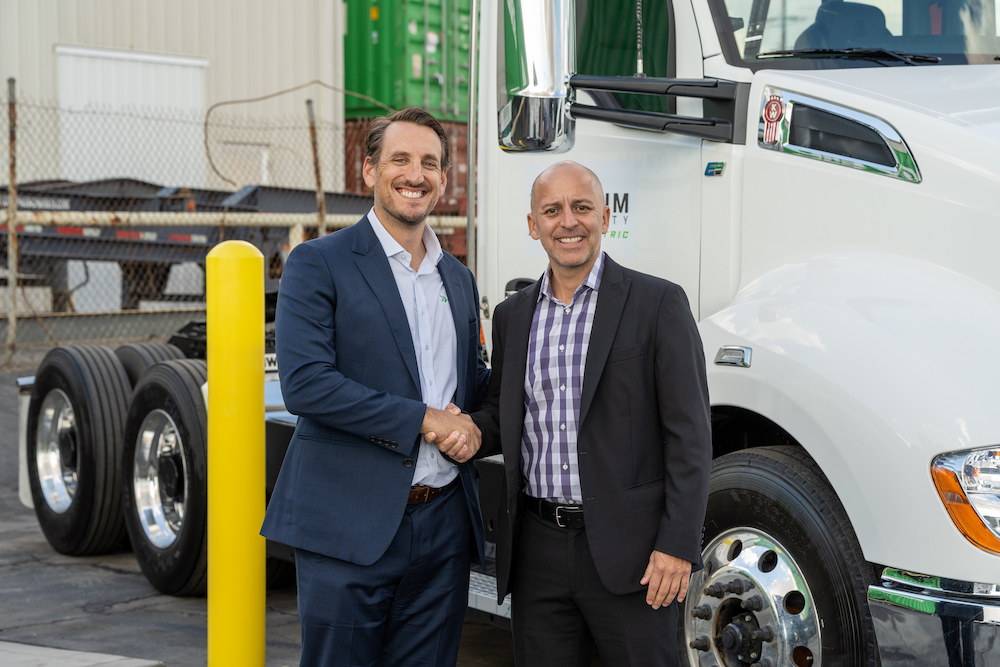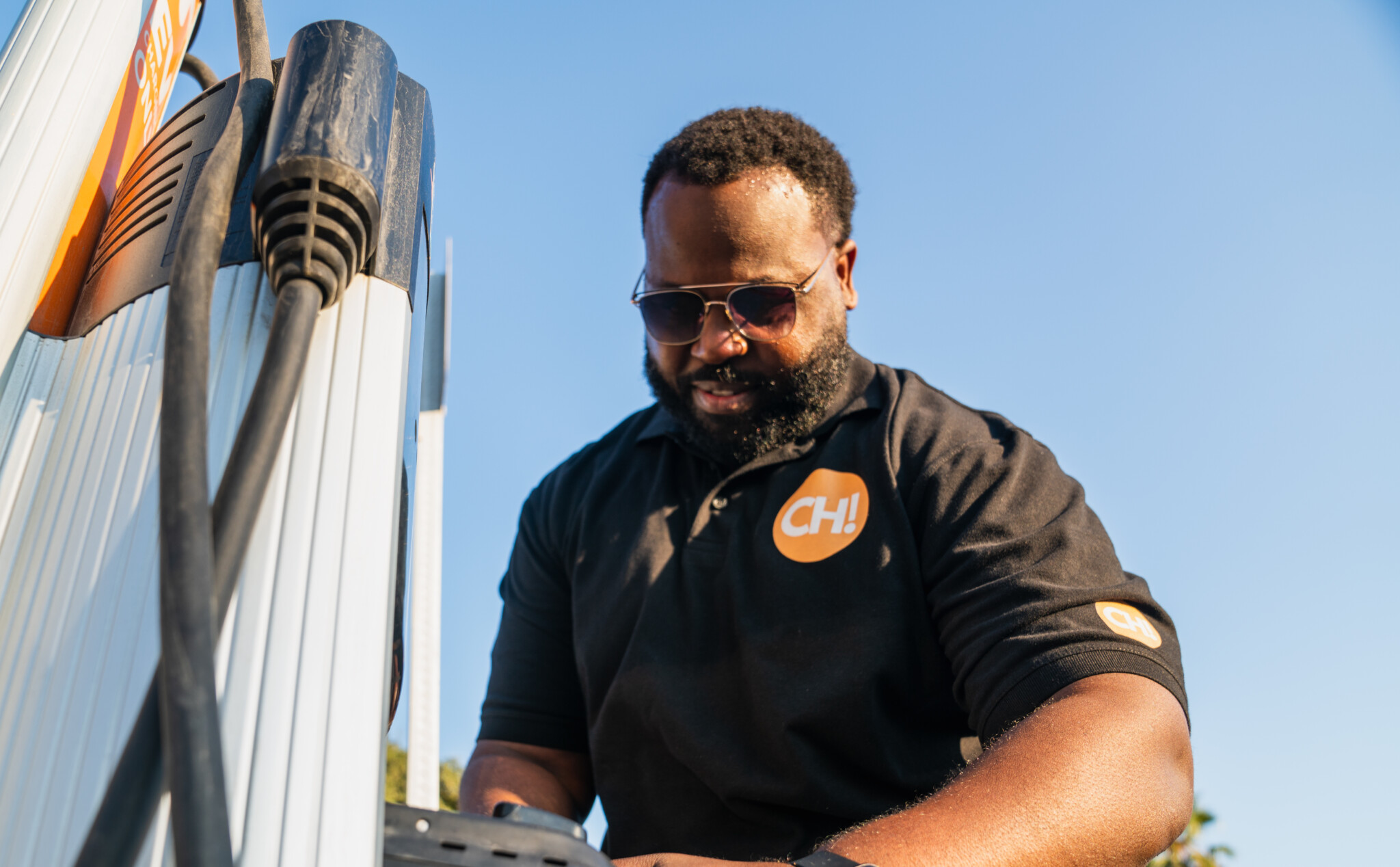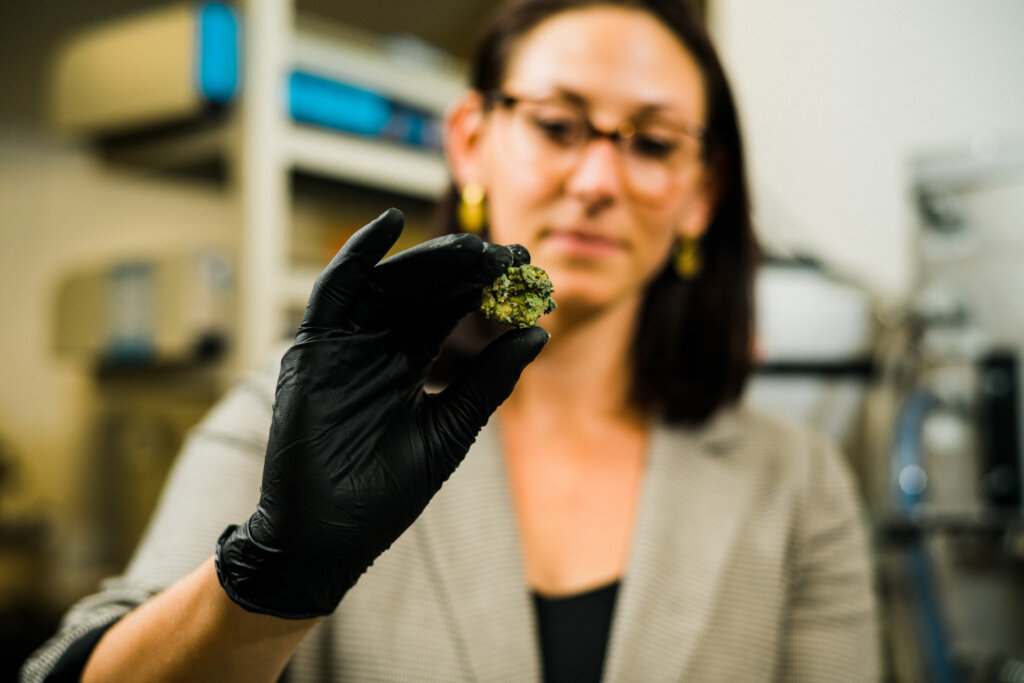
The clean energy economy is here and ramping up in full force. Solar panels, wind turbines, batteries, and electric vehicles are becoming mainstream and cost effective, allowing us to transition much faster away from fossil fuels. But with this transition comes a new set of concerns, such as the supply of critical minerals and e-waste management. Both of these concerns reveal an often-hidden side to the clean technology revolution.
First of all, critical minerals such as cobalt, lithium, graphite, manganese, and others are the building blocks of many clean technology applications. As it stands, we simply do not have an adequate supply of them to support our climate goals. The International Energy Agency reports that clean energy technologies are already the fastest growing demand segment for critical minerals. And meeting the goals of the Paris Agreement will increase total demand by as much as 4-6x, with batteries alone accounting for half of that growth. That’s a lot of minerals that will need to be mined and processed, with potentially steep social, environmental, and geopolitical consequences.
Secondly, even with a sufficient mass of raw materials to make all these clean technologies, what happens when all these technologies reach the end of their lifecycle? Can we keep this e-waste from swamping landfills by leveling up our ability to recover and recycle their essential components?
Third, while time is of the essence, if we are not careful we risk repeating some of the same “take, make, waste” resource extraction patterns that led to our climate crisis in the first place.
Meet Nth Cycle
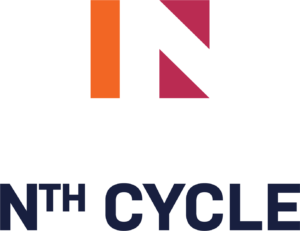 “Most people do not see the dirty side of electric vehicles, wind turbines, or any of these fabulous technologies that we have — and how horrible the mining and refining processes are to get those materials,” say Megan O’Connor, CEO and cofounder of metals processing startup Nth Cycle. “We’re redefining that whole supply chain from extraction through manufacturing so that we no longer have that dirty side to clean energy.”
“Most people do not see the dirty side of electric vehicles, wind turbines, or any of these fabulous technologies that we have — and how horrible the mining and refining processes are to get those materials,” say Megan O’Connor, CEO and cofounder of metals processing startup Nth Cycle. “We’re redefining that whole supply chain from extraction through manufacturing so that we no longer have that dirty side to clean energy.”
Her company has developed a new approach for recovering, refining, and recycling the critical minerals needed for our clean energy future. The company, which was selected for Elemental’s Cohort X last fall, recently announced the closing of its $12.5 million Series A financing.
If we were to implement Nth Cycle in both the mining and recycling sectors, we could save 3.8 gigatons of Co2 by 2050.
What is electro-extraction?
Nth Cycle’s technology uses a process called “electro-extraction” to recover critical minerals from dead batteries and mining waste streams. This process, which was originally developed by Nth Cycle cofounder Chad Vecitis for wastewater treatment, is vastly cleaner than the traditional metals recovery processes of pyrometallurgy (which incinerates materials in warehouse-sized furnaces) and hydrometallurgy (which dissolves them in harsh chemicals). Nth Cycle’s electro-extraction alternative, on the other hand, works essentially like an electrified Brita filter that can be tuned to separate out different metals.
Megan broke down the process for us, which starts with lithium batteries or other e-waste materials that are pre-processed and shredded, then fed into Nth Cycle’s modular system, which is about the size of a volleyball court.
“Imagine a deck of cards where the water flows through, and each card has a different electric current that is applied,” Megan says. “Each metal is attracted to different currents, which causes them to separate.” Each card is then scraped to recover the different critical minerals. Once this is done, recyclers and miners are left with production-level feedstocks that can be sold and manufactured into new batteries, solar panels, wind turbines, and more.
Climate Impacts
Recycling minerals from e-waste presents an array of climate concerns. For one, the traditional methods for recycling and refining mineral waste — known as pyrometallurgy or hydrometallurgy — are antiquated, expensive, and extremely carbon and chemical intensive. In addition, much of the world’s refining capacity is in Asia, which means that minerals are often shipped back and forth multiple times across the full life cycle from production and manufacturing to waste management. As the industry looks for cleaner, more decentralized solutions, Nth Cycle’s technology offers a circular framework for a smooth, cost-effective, and environmentally friendly energy transition.
But efficient recycling techniques are only part of the solution. Until enough minerals are in circulation, mining will remain a reality. And so will the severe environmental and social concerns that often come with today’s mining practices
“Even if we recycled 100% of lithium-ion batteries in 2030, that only gives us 10% of the cobalt demand for that year,” Megan says. “Nth Cycle is redefining the way we process minerals out of the ground and out of waste so that we can have those materials to continue the transition, but not create all the waste that is associated with the traditional technology and refinement practices of today.”
Instead of creating more waste byproducts and greenhouse gas emissions, Nth Cycle’s modular technology can be installed on site at the mines or battery recycling facilities. This results in a much smaller footprint in terms of size, carbon, and capex required to scale. In fact, Nth Cycle’s technology can reduce costs and greenhouse gas emissions by 75%.
“If we were to implement Nth Cycle in both the mining and recycling sectors, we could save 3.8 gigatons of Co2 by 2050,” Megan says. That is the CO2 equivalent of burning 427 billion gallons of gasoline or 4 trillion pounds of coal.
Policy Tailwinds
To support the goal of 100% clean electricity by 2035, the Biden-Harris Administration recently announced that the Department of Energy (DOE) will invest $3 billion from the Bipartisan Infrastructure Law to “fund battery materials refining and production plants, battery cell and pack manufacturing facilities, and recycling facilities that create good-paying clean energy jobs.”
By focusing on battery manufacturing and recycling projects to prepare for surging EV and storage demand, the DOE and Elemental share a perspective that entrepreneurs are key catalysts for the energy transition. Another little-known fact is that there are numerous cobalt and nickel deposits in the U.S., contrary to the view that they are primarily found overseas. Nth Cycle’s technology will be critical in enabling a cleaner domestic mining effort and delivering loads of new jobs.
Nth Cycle is perfectly poised to capitalize on this moment and pave the way for a more secure, reliable, and safe production of batteries. This path keeps precious metals in circulation while meeting the increasing demand for battery production and storage.
Market Opportunity
In 2020, the market for recycling critical minerals in batteries and mining was $78 billion in North America and is expected to grow to $167 billion by 2030. Nth Cycle has been developing their technology for the past 10 years and is now on the path to full commercialization.
With this recent injection of capital Nth Cycle plans to scale their first pilot project and grow the team so within 5-10 years the entire refinement industry will be green, cheap, and efficient. Nth Cycle cleaning the dirty side of clean tech, from the mine to the end consumer and every step in between. Check out their recent press release for more information.



